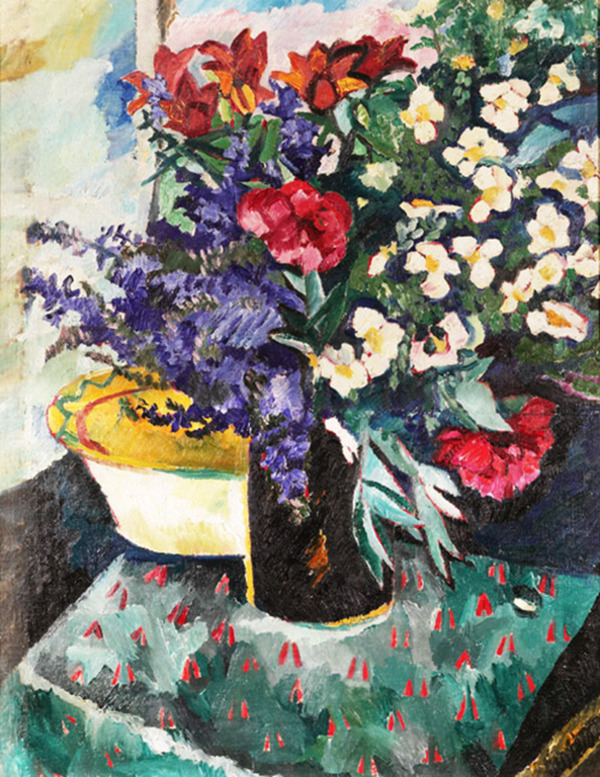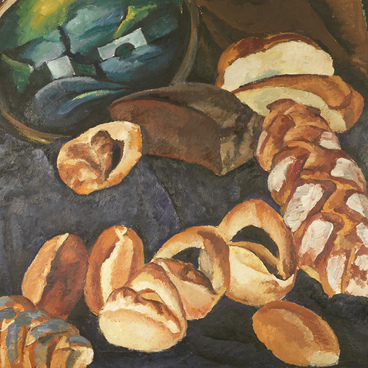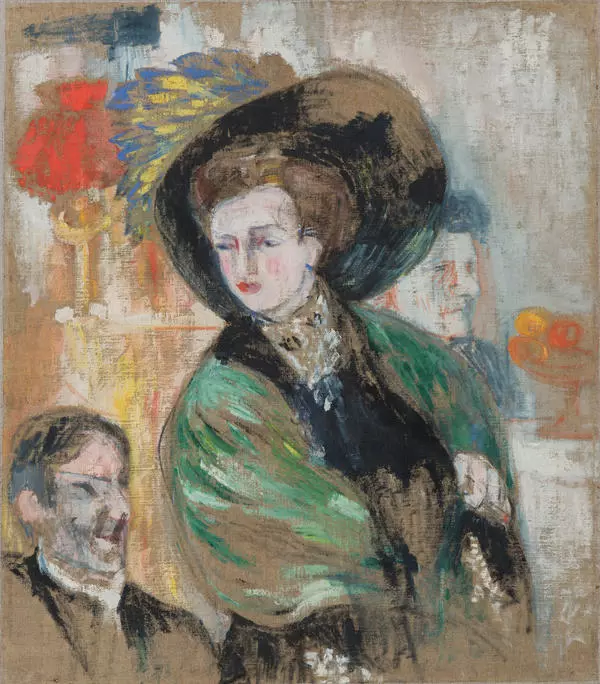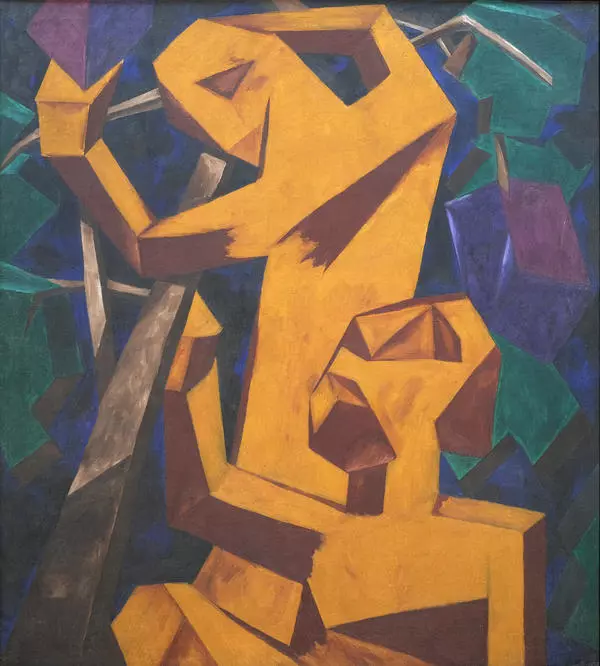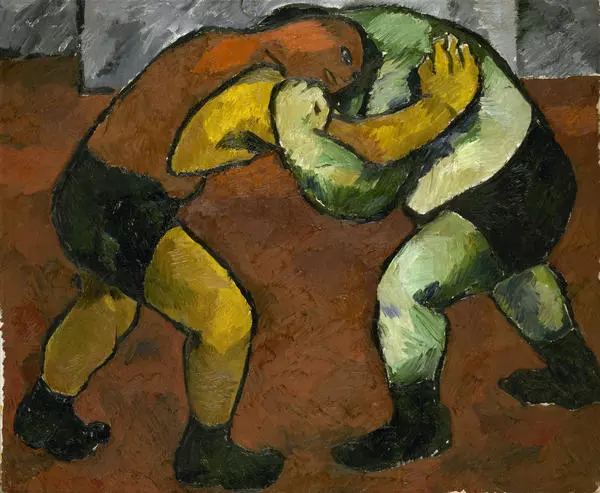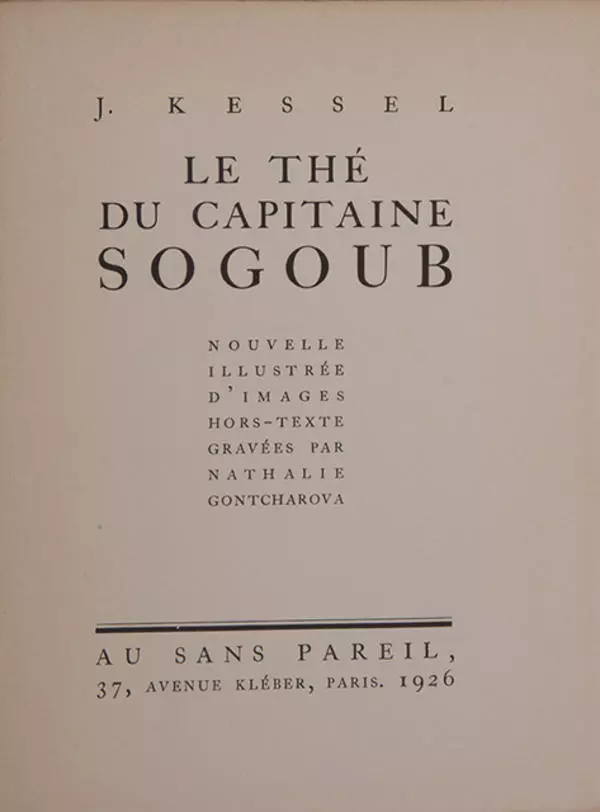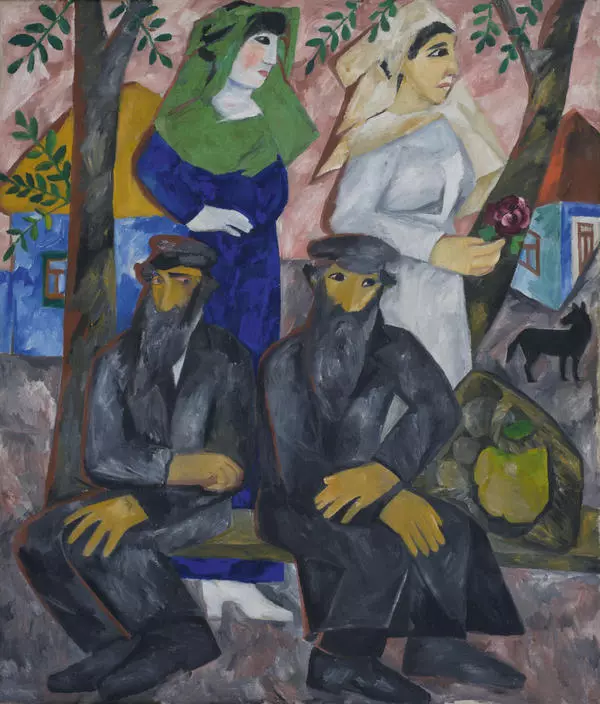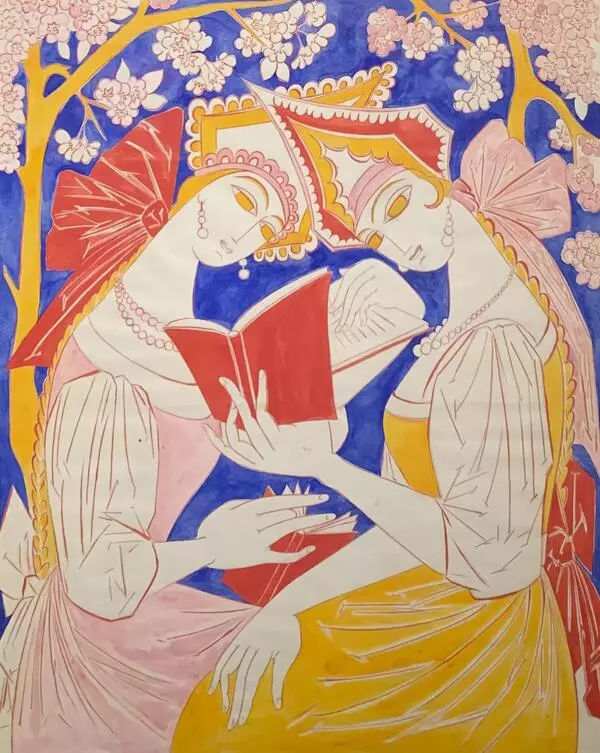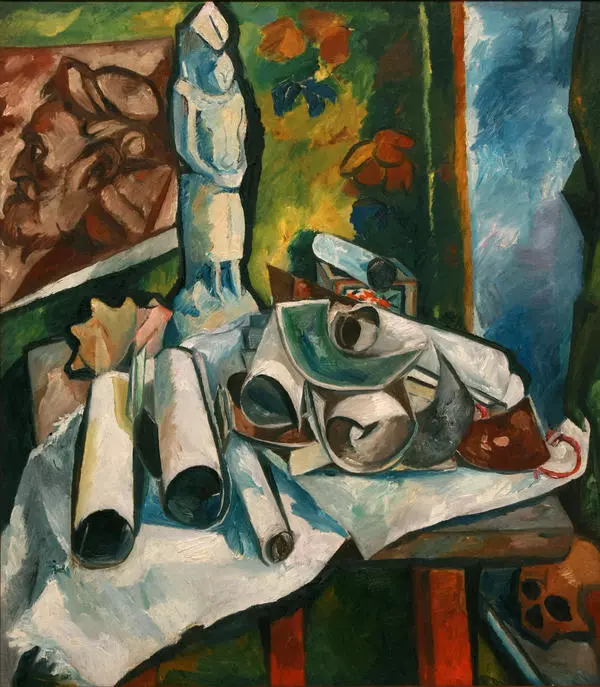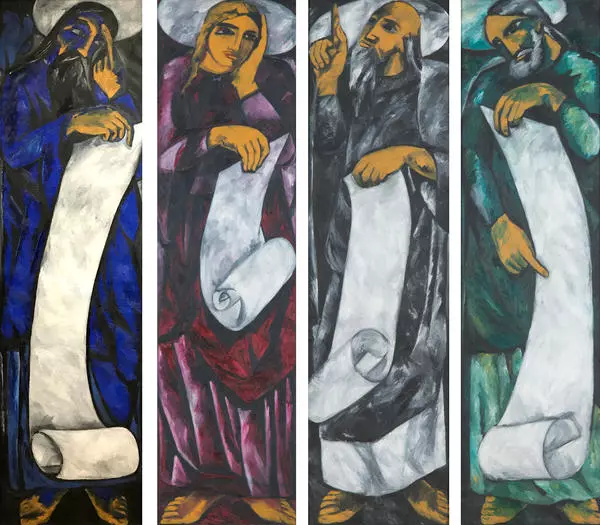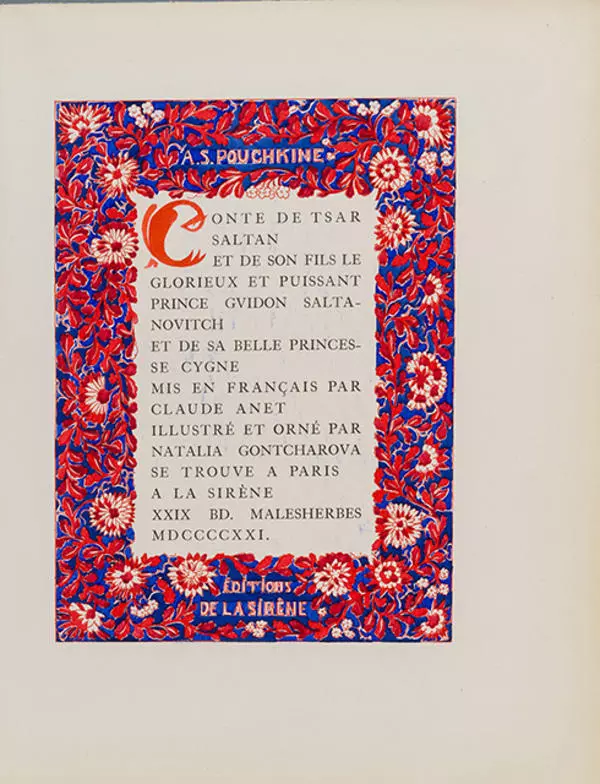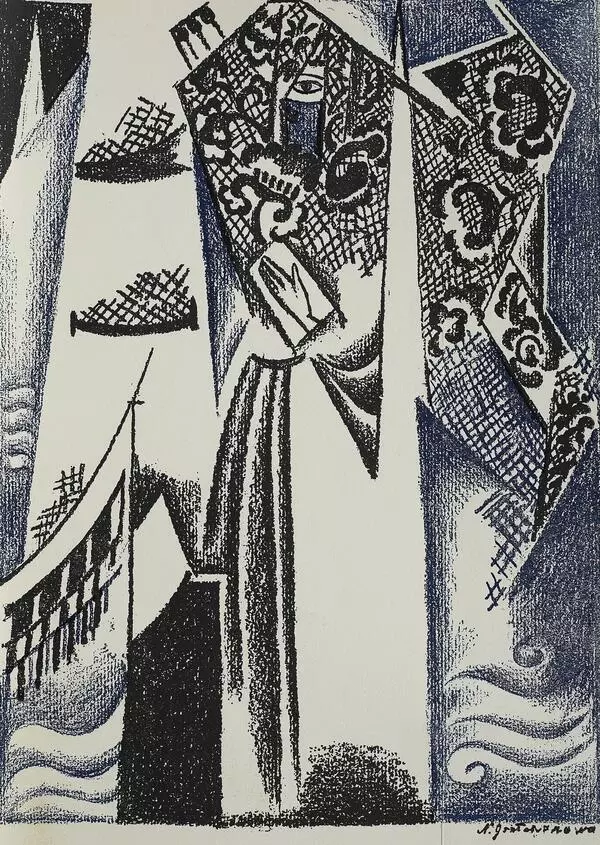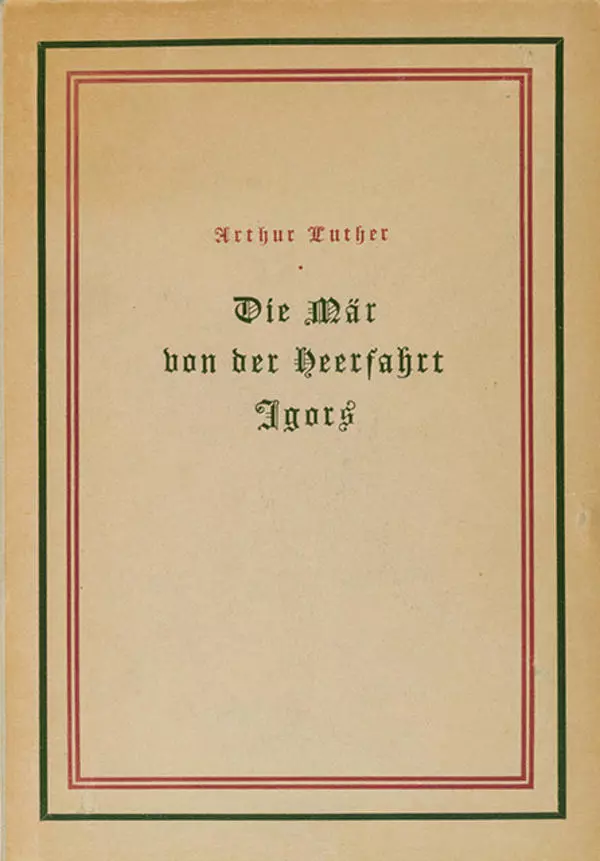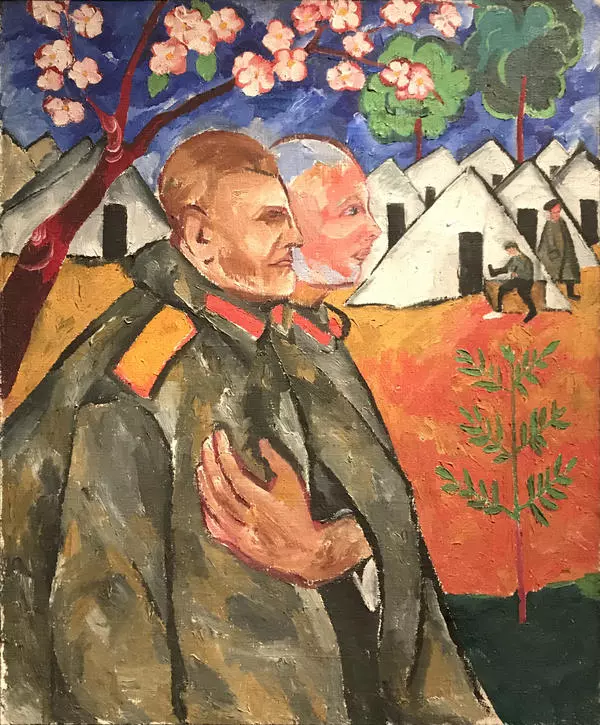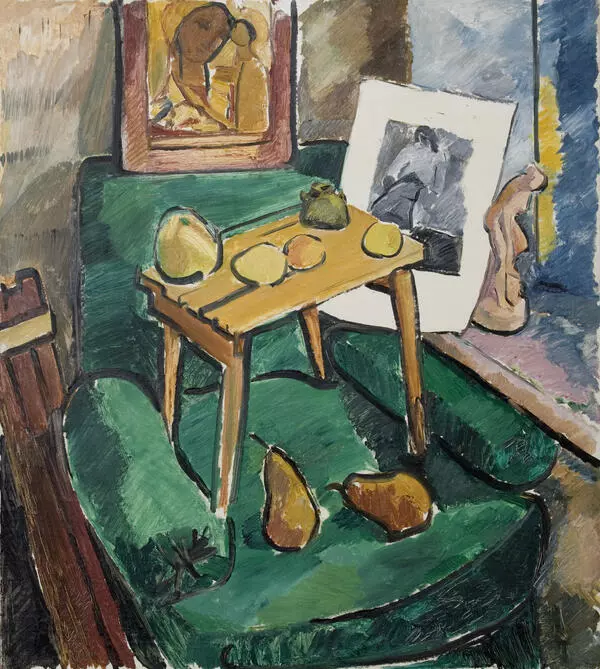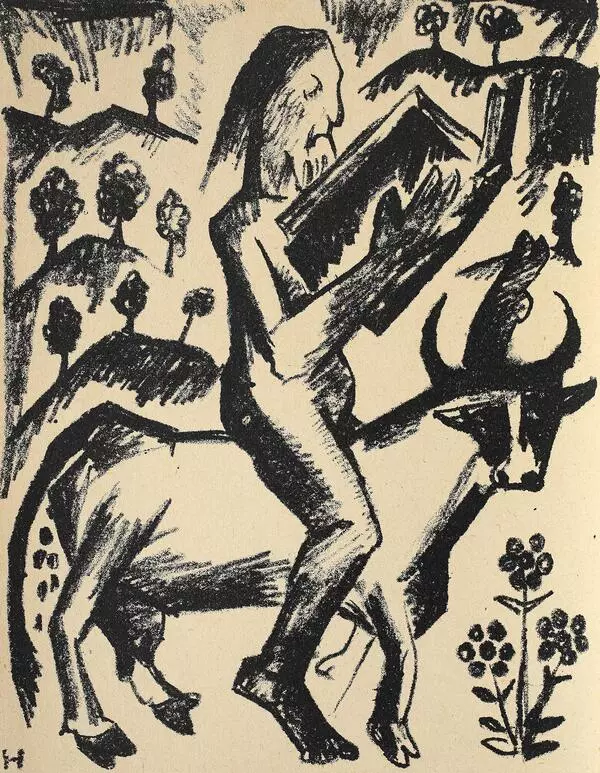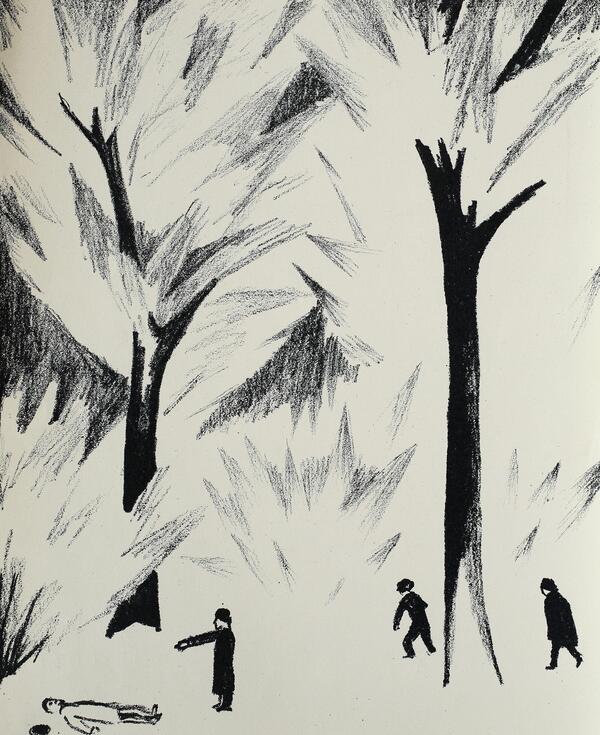Natalia Goncharova was born in 1881 in the village of Ladyzhino, Tula province. Throughout her life, she retained her love for the countryside, and perceived cities as a purely compulsory measure. Her father was an architect, and Natalya herself saw her career in this direction. Goncharova studied at the Moscow School of Painting, Sculpture and Architecture in the class of the sculptor Trubetskoy, later with painter Korovin, but did not finish her studies and was expelled. During this period, Goncharova met her future husband, the painter Mikhail Larionov.
In alliance with Larionov, Natalia Goncharova did a lot for the development of the avant-garde, which was facilitated by the general desire for innovation. Together with her husband, the artist took part in the organization of futurist Russian exhibitions of various associations: ‘Jack of Diamonds’, ‘Blue Horseman’, and ‘Donkey’s Tail’.
Natalia Goncharova began her career in art with impressionism, but soon realized that within the framework of just one style she felt limited. She began experimenting, turning to folk art, primitivism and folk popular prints.
Goncharova’s work is characterized by sharp changes in styles: from figurative to non-objective forms, including Cubism, Rayonism and other abstract trends. The artist shared with her husband the idea of ‘all-creativeness’, when all styles are recognized as suitable for creativity.
But no matter what direction she chose, her works were bright, colorful, decorative, and this is how the public liked it. She is one of the few Russian avant-garde artists who achieved great success and public recognition.
The Still life ‘The Flowers’ refers to the early period of the artist’s work and the time of her turning to the art of primitivism. This style of painting resembles a painting drawn by a child or a drawing from primitive times.
The artist abandons academic building standards and selects an unusual “top” perspective, combines several planes in one image. Natalia Goncharova creates the shape of flowers, vases, saucers in the background, even the ornament of the tablecloth not with the help of line and chiaroscuro, but with the help of flat color spots reminiscent of Gauguin’s techniques.
In alliance with Larionov, Natalia Goncharova did a lot for the development of the avant-garde, which was facilitated by the general desire for innovation. Together with her husband, the artist took part in the organization of futurist Russian exhibitions of various associations: ‘Jack of Diamonds’, ‘Blue Horseman’, and ‘Donkey’s Tail’.
Natalia Goncharova began her career in art with impressionism, but soon realized that within the framework of just one style she felt limited. She began experimenting, turning to folk art, primitivism and folk popular prints.
Goncharova’s work is characterized by sharp changes in styles: from figurative to non-objective forms, including Cubism, Rayonism and other abstract trends. The artist shared with her husband the idea of ‘all-creativeness’, when all styles are recognized as suitable for creativity.
But no matter what direction she chose, her works were bright, colorful, decorative, and this is how the public liked it. She is one of the few Russian avant-garde artists who achieved great success and public recognition.
The Still life ‘The Flowers’ refers to the early period of the artist’s work and the time of her turning to the art of primitivism. This style of painting resembles a painting drawn by a child or a drawing from primitive times.
The artist abandons academic building standards and selects an unusual “top” perspective, combines several planes in one image. Natalia Goncharova creates the shape of flowers, vases, saucers in the background, even the ornament of the tablecloth not with the help of line and chiaroscuro, but with the help of flat color spots reminiscent of Gauguin’s techniques.

